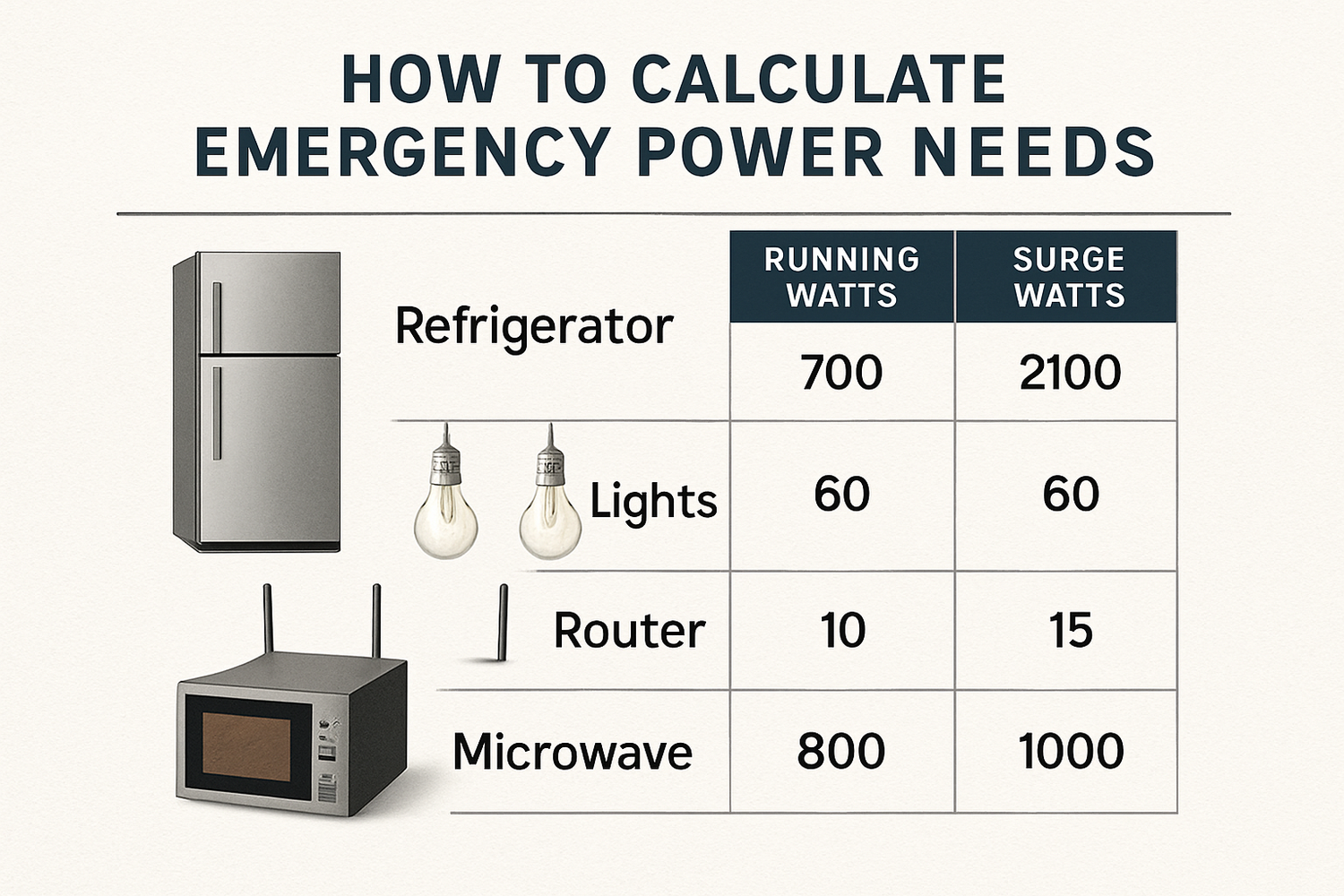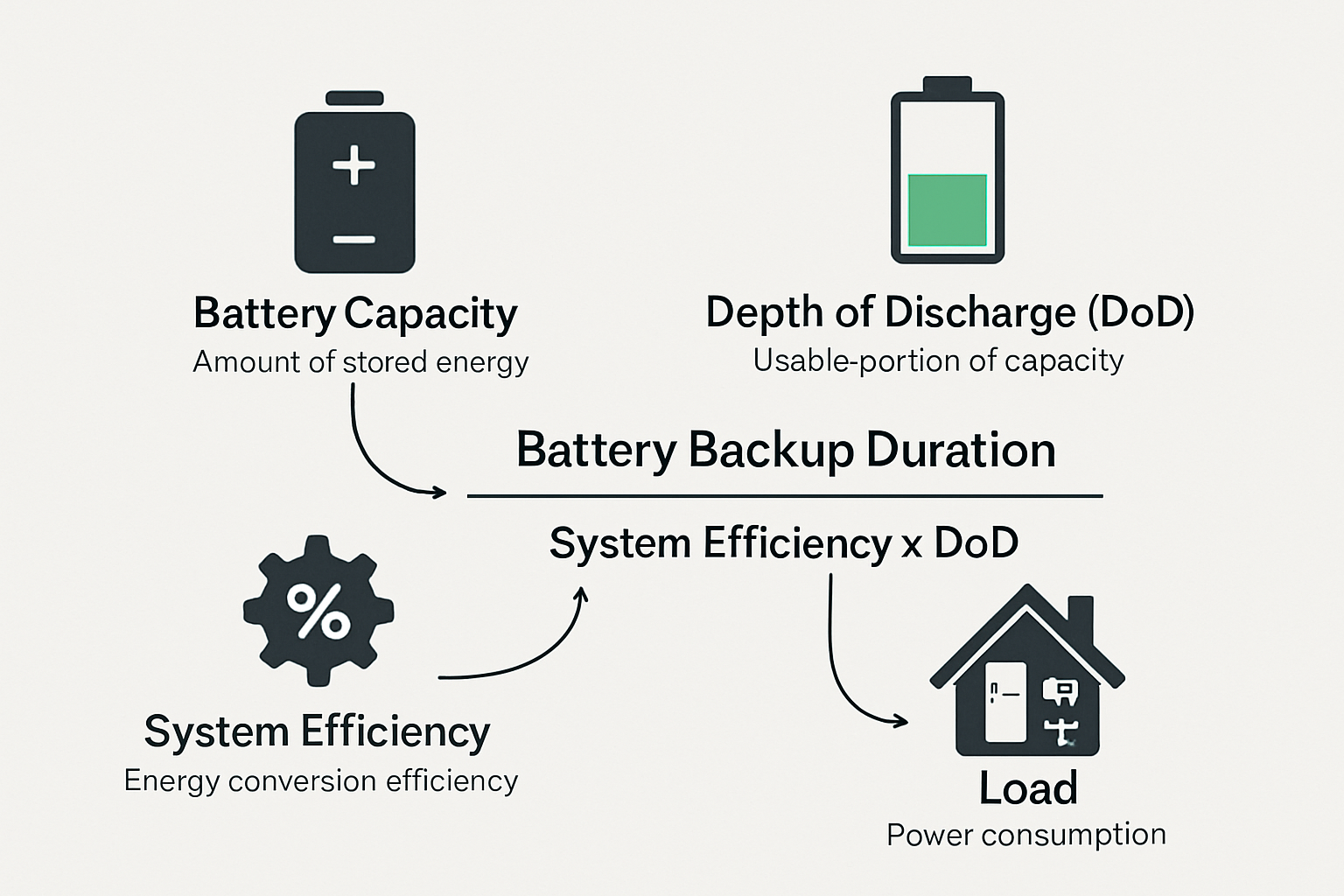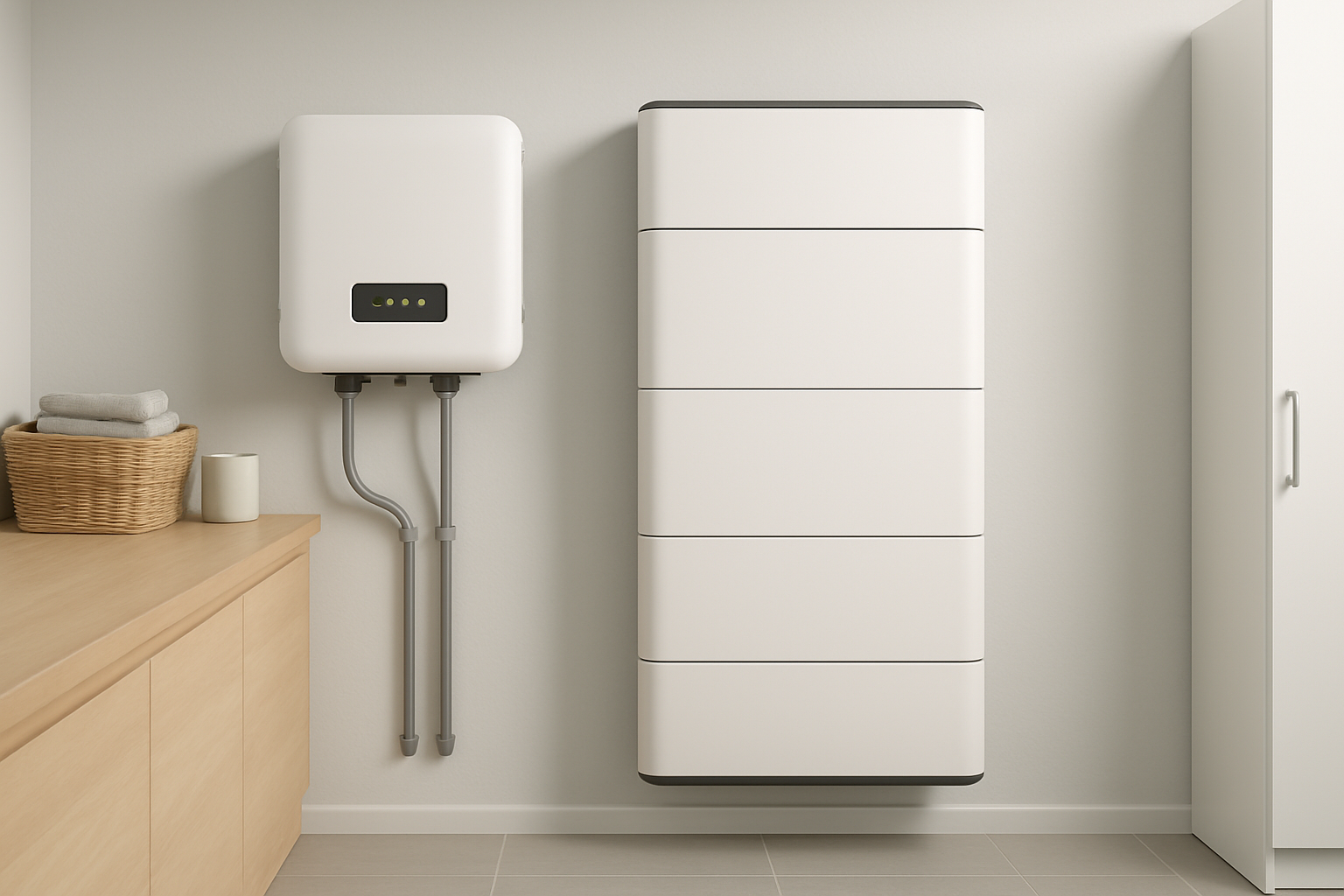Having a reliable emergency battery system provides security during unexpected power outages. Yet, selecting the right size is a common challenge. An incorrectly sized battery can leave you without power when you need it most or result in unnecessary costs. Proper emergency battery sizing is not just about buying a battery; it’s about designing a resilient energy solution for your home. This article outlines five critical mistakes to avoid, ensuring your system is both effective and efficient.
Mistake 1: Underestimating Your Power Consumption
The most frequent error in sizing an emergency battery is simply guessing your energy needs. A rough estimate often leads to a system that cannot support your essential devices through an outage.
The 'Guesstimate' Trap
Failing to perform a detailed load calculation can leave you vulnerable. Without accurate data, you might purchase a battery that is too small to run critical appliances like refrigerators, medical equipment, or communication devices for the required duration.
How to Accurately Calculate Your Load
A precise emergency power battery calculation involves a few key steps. First, list all the essential appliances you need to power. Next, find the running wattage and surge wattage for each device, usually found on the appliance's label or in its manual. Then, estimate how many hours per day each appliance will operate during an outage. Multiply the running wattage by the hours of use to find the daily watt-hours (Wh) for each device. Sum these values to get your total daily energy requirement.
| Appliance | Running Watts | Daily Hours of Use | Daily Watt-Hours (Wh) |
|---|---|---|---|
| Refrigerator | 200 W | 8 hours (cycling) | 1600 Wh |
| LED Lights (5) | 50 W | 6 hours | 300 Wh |
| Internet Router | 15 W | 24 hours | 360 Wh |
| Medical Device (CPAP) | 60 W | 8 hours | 480 Wh |
| Total Daily Need | 2740 Wh |
Mistake 2: Ignoring Surge Power Requirements
Many people focus only on the running wattage of their appliances, completely overlooking the initial surge in power that some devices require to start up. This oversight can cause your entire system to fail.
What Is Surge Power?
Appliances with motors, such as refrigerators, pumps, and air conditioners, draw a significantly higher amount of power for a few seconds when they turn on. This initial draw is known as surge power or starting wattage, and it can be three to five times higher than the appliance's regular running wattage.
Why It Matters for Your System
Your battery system's inverter must be able to handle the highest surge demand from any single appliance. If the inverter's surge rating is too low, it will trigger a protective shutdown to prevent damage, leaving you without power just as a major appliance tries to start. Sizing an emergency battery requires matching the inverter's capability to your largest surge load.
Mistake 3: Overlooking Battery Chemistry and Depth of Discharge (DoD)
The type of battery you choose and how deeply you can safely drain it are fundamental to getting the performance you expect. Different battery chemistries have vastly different characteristics that directly impact usable capacity.
The Importance of Usable Capacity
Depth of Discharge (DoD) refers to the percentage of a battery's total capacity that can be safely used. Traditional lead-acid batteries have a recommended DoD of around 50%. Discharging them further can significantly shorten their lifespan. In contrast, modern Lithium Iron Phosphate (LiFePO4) batteries can handle a DoD of 80-100% without degradation. This means a 100Ah LiFePO4 battery provides nearly double the usable energy of a 100Ah lead-acid battery.
Why LiFePO4 Is a Superior Choice
For emergency power, reliability and longevity are key. As detailed in guides on solar storage performance, LiFePO4 batteries offer a much longer cycle life, superior safety, and higher usable capacity, making them a more cost-effective solution over the long term. Choosing the right chemistry is a critical step in your emergency power battery calculation.
Mistake 4: Disregarding Inefficiency and System Losses
A common battery sizing mistake is assuming that 100% of the energy stored in your battery is available to your appliances. In reality, energy is lost during conversion and storage, and failing to account for this can leave you short.
The Hidden Power Drain
Energy is lost when the DC power from your batteries is converted to the AC power your appliances use. This process is managed by an inverter, which is never 100% efficient. Efficiency ratings typically range from 85% to 95%. This means you could lose up to 15% of your stored energy just in the conversion process. According to research on power optimization technology from the U.S. Department of Energy, optimizing system components like inverters is crucial for overall performance.
Sizing with a Buffer
To ensure you have enough power, it is wise to add a safety buffer of 15-25% to your total calculated energy needs. This extra capacity will cover inefficiencies from the inverter, wiring, and even self-discharge of the battery over time, providing a more reliable backup system.
Mistake 5: Failing to Plan for Duration and Recharge
Sizing a battery for a few hours of backup is entirely different from preparing for a multi-day outage. You must also consider how you will replenish the battery's energy once it is used.
How Long Will the Power Be Out?
Consider the typical duration of power outages in your area. Are they brief interruptions or extended events lasting several days? Your battery bank should be sized to carry your essential loads for a realistic outage period. A longer duration requires a larger battery capacity.
The Recharge Factor
A battery is only a temporary solution unless you have a way to recharge it. If you have solar panels, you can generate power during the day to run your home and recharge your batteries. The International Renewable Energy Agency's Electricity Storage Valuation Framework highlights how storage is essential for integrating renewable energy sources. If you rely on the grid to recharge, your system will be less effective during a prolonged outage. Global trends show a massive increase in investment in solar and battery storage, as noted in the IEA's World Energy Investment 2023 report, making solar-plus-storage an increasingly viable path to energy independence.
Achieving True Energy Resilience
Avoiding these five common mistakes is the first step toward building a dependable emergency power system. Accurate load calculation, accounting for surge power, choosing the right battery chemistry, planning for inefficiencies, and considering outage duration are all crucial elements of a successful setup. By investing time in proper emergency battery sizing, you are ensuring that your home remains safe and functional, no matter what happens to the grid. A well-designed system offers not just backup power, but true energy independence and peace of mind.
Frequently Asked Questions
How do I calculate my emergency power needs?
To calculate your needs, list all essential appliances, find their running wattage, and estimate their daily hours of use. Multiply the wattage by the hours for each appliance to get the watt-hours (Wh). Sum the Wh for all devices to determine your total daily energy requirement.
What is the difference between running watts and surge watts?
Running watts are the continuous power an appliance needs to operate. Surge watts are the extra power required for a few seconds when an appliance with a motor starts up. Your system's inverter must be able to handle the highest surge watt requirement.
Why is LiFePO4 a better choice for emergency backup?
LiFePO4 (Lithium Iron Phosphate) batteries are preferred for their high Depth of Discharge (80-100%), long cycle life, and enhanced safety compared to traditional lead-acid batteries. This means you get more usable energy and a longer-lasting, more reliable system.
How much bigger should my battery be to account for inefficiencies?
It is recommended to add a buffer of 15-25% to your calculated total energy needs. This accounts for power lost during the DC-to-AC conversion process by the inverter and other minor system losses, ensuring you have sufficient power.





Leave a comment
All comments are moderated before being published.
This site is protected by hCaptcha and the hCaptcha Privacy Policy and Terms of Service apply.